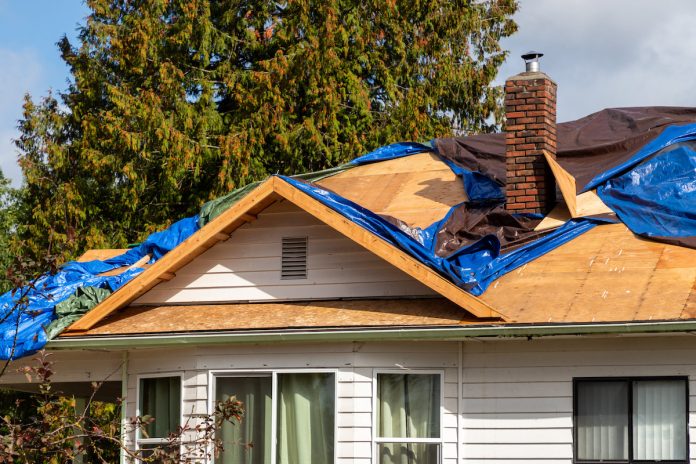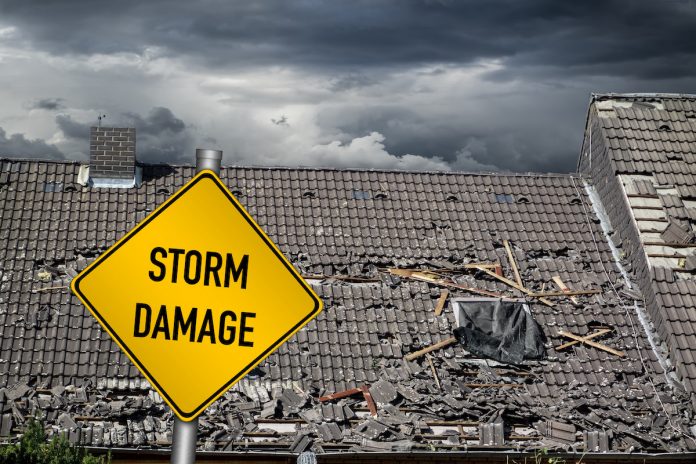How To Assess And Repair Storm Damage
Indeed, the weather can be unpredictable and can cause severe damage to your home. This is especially true if you’re dealing with storms that come with heavy rain, hail, windstorm, and many more. These extreme weather conditions can significantly affect the service life of your property and your family’s life as a whole. Because of this, it’s important to know what particular steps to take after storm damage, including the assessment and repair of such damage.
As a homeowner, below are a few ways to assess and repair storm damage:
1. Create A Storm Damage Checklist
Typically, assessing storm damage can be a tricky process. Everything can go wrong if you don’t know where to start with your assessment and repair projects. As such, it can be a good idea to have a storm damage checklist to get started.
By creating this kind of checklist, you’re able to determine the specific damage to your roof and other areas in your home. You can then have it repaired with the help of reliable water damage restoration professionals from Moisture Master Pros LLC and other related service providers.
The following are some important things that should be included in your storm damage checklist:
- Look for signs of storm damage such as large tree branches on the roof, shingles scattered on the ground, gutters that have been torn off, and any signs of hail damage on your patios and decks. If you spot some of these, be sure to take pictures as they can be helpful when you file an insurance claim.
- Inspect and keep an eye on any leaks or water spots on your ceilings, attic space, and many more.
- Check the windows and other roofing add-ons like skylights and vents. Identify if there are cracks, torn screens, and even dents on the fascia and in the gutters.
2. Observe Some Safety Protocols When Checking Your Home
To properly assess and repair storm damage, it’s essential to stay safe throughout the process. Besides, you can’t fix any damage brought by the storm if you’re not safe right from the very beginning.
Below are some safety measures to observe when assessing and repairing storm damage:
- Check the local news to see if the area is safe after the storm
- Be on a lookout for some hazards, including exposed nails, broken glass, and many more
- Observe a safe distance from a downed power line as it can be dangerous
- Refrain from checking for storm damage during the dark. If you do, make sure to bring a flashlight so you can navigate the area
- Shut off the mainline for gas if you smell gas like carbon monoxide. Then, open the windows and go outside right away.
As you can see, assessing and fixing storm damage in your home requires some safety measures. This is because, after the storm, you may have to deal with broken electrical lines, loose floorboards, and slippery areas. So, to ensure you can effectively assess and repair storm damage, you should know how to be safe from start to finish.
3. Call The Right Professionals For The Repair
Once you’ve identified the storm damage, the next thing to do is to hire the right professionals who can fix the problem for you. Whether it’s a roofing contractor to repair a damaged roof, someone who can fix water damage, or remedy mold growth following a storm, you should have these people by your side to help you handle water damage restoration projects.
When there’s water damage, mold can grow immediately in the area, leaving you with an unhealthy home for you and your family. As such, be sure to seek help from people who can remedy the problems to avoid further damage as well as some health risks.
4. Contact Your Insurance Agent
It’s also important to call your insurance agent so they can assess the storm damage and know whether you should file a claim to restore what has been broken or damaged. In most cases, dealing with the insurance company after a disaster happens when you believe that the extent of damage is huge that it can’t be solely handled by the necessary repairs.
Moreover, if you have fixes that you can do on your own, be sure to keep the receipts to allow reimbursement when you decide to file a claim. These repairs can include covering holes in the roof, window replacement, and many more.
Wrapping Up
Generally speaking, storm damage can be a big disaster that you may have to face anytime. Since the weather condition is usually unpredictable, it’s important that you know how to prepare for natural disasters like a thunderstorm from beginning to end.
Aside from the preparations, you should keep these ways in mind so you’ll know how to assess and fix storm damage. Remember, the more you’re aware of what to do, the easier and faster you can restore the damage for the benefit of your family as well as your property.







